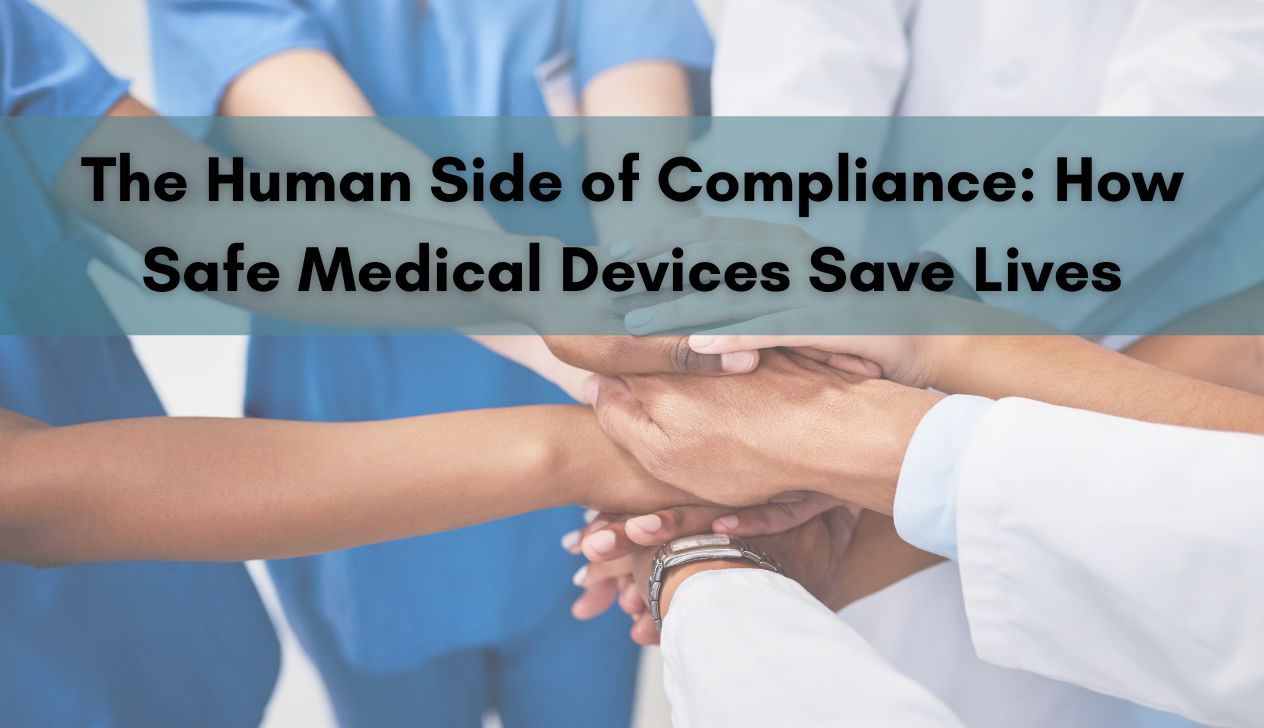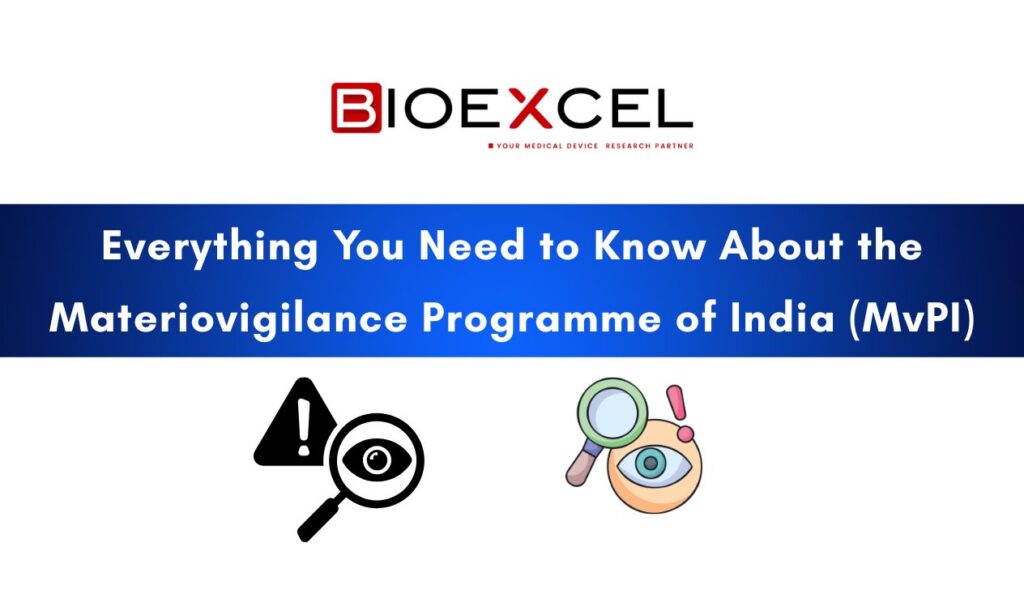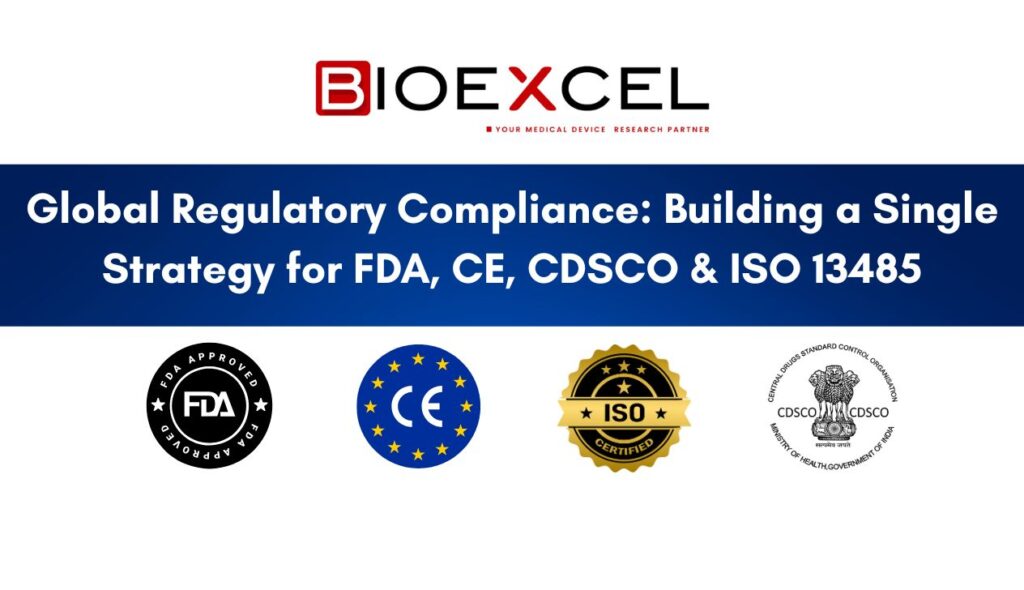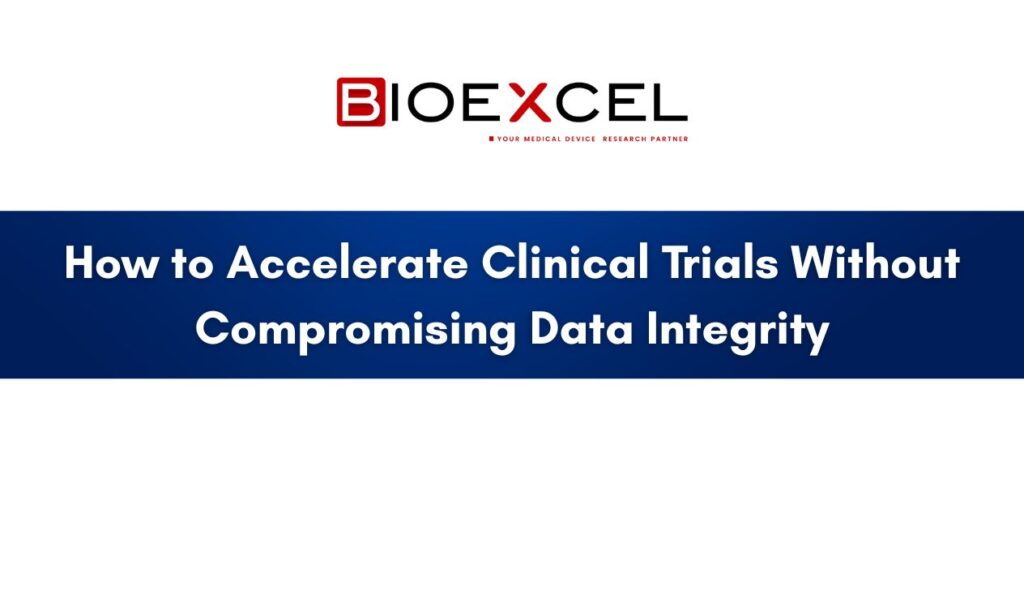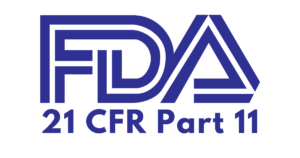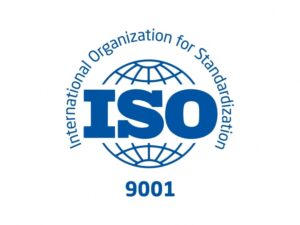Introduction: More Than Just Regulations
For many medical devices manufacturers, compliance with EUMDR regulations can feel like an administrative burden—a maze of paperwork, approvals, and technical requirements. But behind every regulation is something much more important: a patient’s life.
The medical devices you develop are not just products; they are lifelines. A pacemaker keeps a heart beating. A ventilator sustains breathing. An insulin pump regulates blood sugar. When these devices work, lives are saved. When they fail, lives are lost.
This is why compliance isn’t just about passing audits—it’s about protecting the people who rely on these innovations to live longer, healthier lives.
The Reality of Medical Device Failures: When Compliance Is Overlooked
History has shown us what happens when medical devices fail due to poor clinical testing, rushed approvals, or lack of regulatory adherence. Here are just a few examples:
Case Study 1: The Metal-on-Metal Hip Implant Disaster
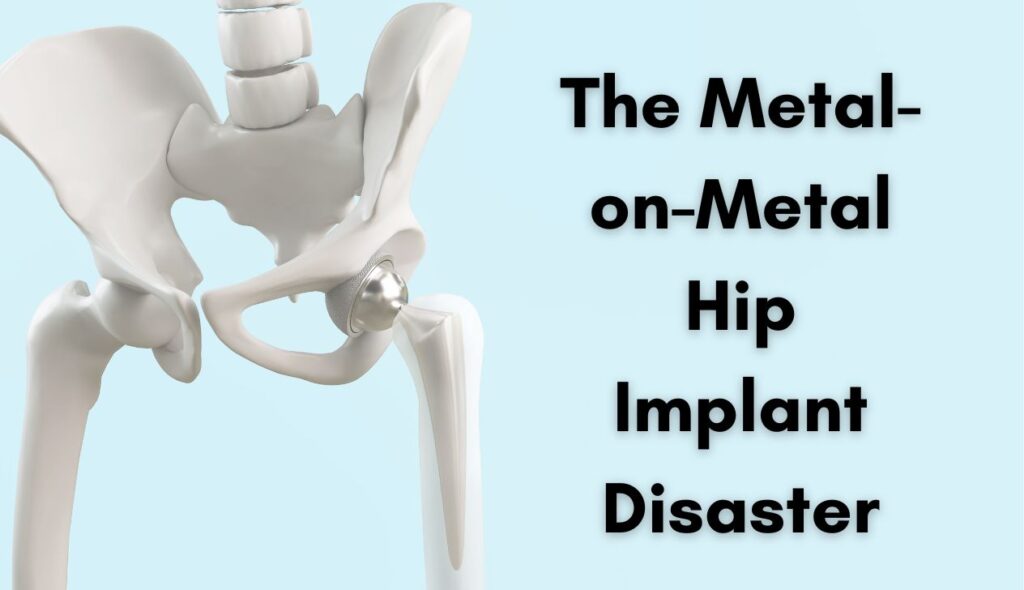
One of the most infamous medical device failures involved metal-on-metal hip implants that were fast-tracked through approvals without sufficient long-term clinical trials. Patients suffered severe pain, tissue damage, and metal toxicity in their bloodstream. Many required multiple revision surgeries, and some faced lifelong disabilities.
✅ Lesson Learned: Had the clinical evaluation process been more rigorous, manufacturers could have detected these risks before widespread implantation.
Case Study 2: The Faulty Heart Devices That Led to Recalls
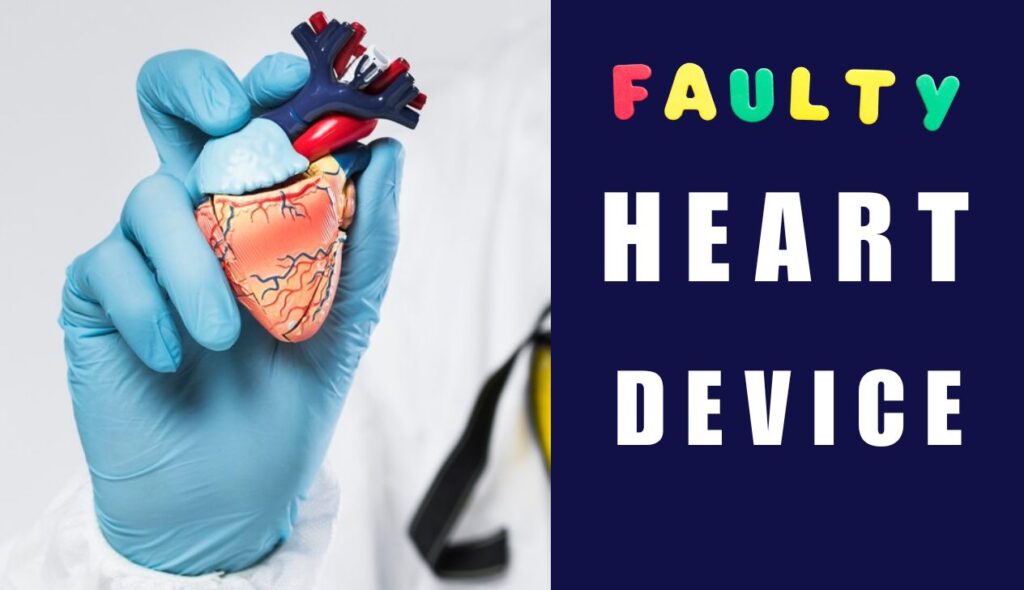
A heart defibrillator was designed to prevent sudden cardiac arrest, but a defective wire inside the device caused it to malfunction in several cases, leading to unexpected deaths. This device had passed initial regulatory checks but failed due to inadequate post-market surveillance (PMS) and weak clinical trial oversight.
✅ Lesson Learned: A strong post-market surveillance strategy is just as crucial as pre-market testing. Bioexcel helps manufacturers set up ongoing monitoring to prevent such tragedies.
Case Study 3: Insulin Pumps and Cybersecurity Risks

A recent case involved insulin pumps that could be hacked remotely, potentially delivering life-threatening doses of insulin. The manufacturer did not fully account for cybersecurity vulnerabilities in its risk management assessment during the trial phase.
✅ Lesson Learned: Compliance goes beyond physical safety—modern trials must also assess cybersecurity, data privacy, and real-world risks.
How Bioexcel Ensures Compliance Means Safety
At Bioexcel, we take compliance beyond paperwork. We focus on proactive clinical trial strategies to:
▶Identify potential device risks early – preventing costly recalls and regulatory setbacks.
▶ Ensure comprehensive safety evaluations – covering real-world conditions, cybersecurity threats, and post-market monitoring.
▶ Accelerate approvals without compromising quality – so your device reaches patients safely and efficiently.
Regulatory compliance isn’t a barrier—it’s a bridge to better, safer, and more trusted medical innovations.
Why Every Manufacturer Must Prioritize Patient Safety
Patients trust that the medical devices they use have been rigorously tested and proven safe. A single oversight in compliance can result in:
❌ Device recalls costing millions
❌ Lawsuits & reputational damage
❌ Loss of patient trust
❌ Harm or even loss of life
But when compliance is done right:
✅ Devices perform as intended, without risk to patients
✅ Regulatory approvals happen faster and with fewer delays
✅ Manufacturers build credibility and long-term market success
Final Thoughts: Compliance is a Commitment to Human Lives
At Bioexcel, we don’t just help manufacturers pass regulations—we help them save lives. Compliance is not an obstacle—it’s an opportunity to build trust, ensure safety, and bring life-changing devices to those who need them most.
📢 Are you confident your medical device meets the highest safety standards? Let’s talk. Schedule a Free Clinical Strategy Session Today.


